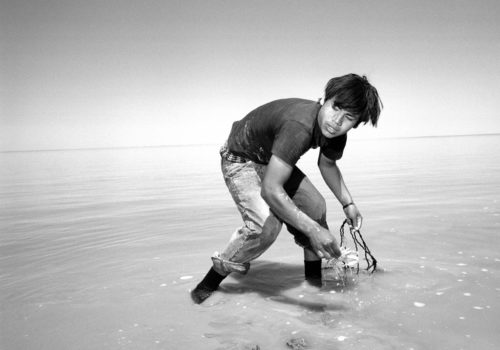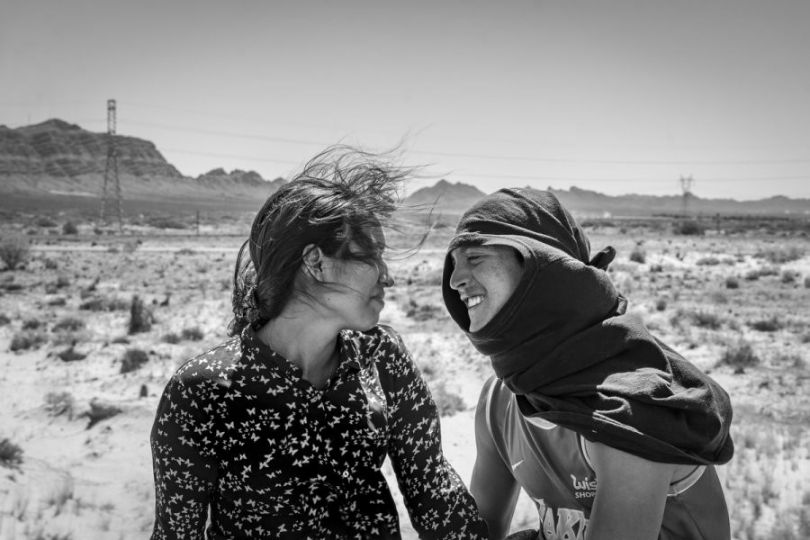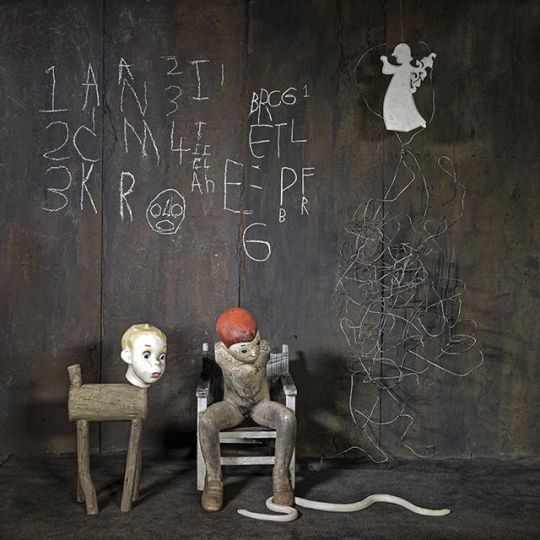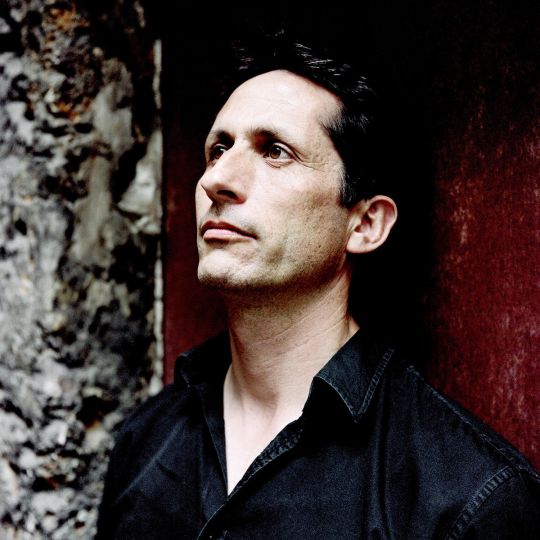Laurence Cornet : John Trotter, you won the Photo Documentary Project Award at the Kolga Tbilisi festival for your 13 years long ongoing reportage about the Colorado River, No Agua No Vida. How did you get interested in the West?
John Trotter : I covered death in Somalia in 1992, when it was probably the worst place in the world. It was pretty short, maybe two weeks, but it made almost everything else I photographed feel less important. The first thing I did after I came back was to take a year off of work and ride my bike across the United States. There were a couple of signs on U.S. Highway 50 through Nevada saying “The loneliest road in America”. I remember at one point, there were two towns about 110 miles apart, with only one Peruvian shepherd with a trailer in the middle, and nothing else, really nothing. I thought: “What an amazing place, it’s so empty of people here!” I got fascinated with the open space and the way people live out there. It’s all engineered. Everybody is living around elaborate water projects that make living there even possible and no one acknowledges it. That sense of denial has always interested me, especially in the United States.
This article is reserved for subscribed members only. If you are already a member, you can log in here below.
Subscribe for full access to The Eye of Photography archives!
That’s thousands of images and articles, documenting the history of the medium of photography and its evolution during the last decade, through a unique daily journal. Explore how photography, as an art and as a social phenomenon, continue to define our experience of the world. Two offers are available.
Subscribe either monthly for 8 euros (€) or annually for 79 euros (€) (2 months offered).
















